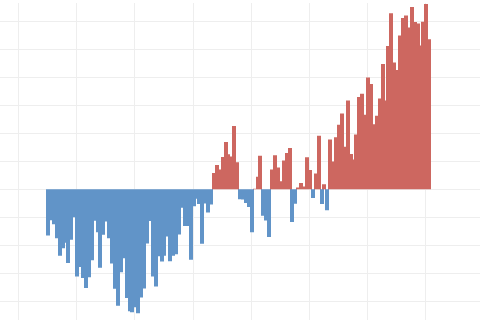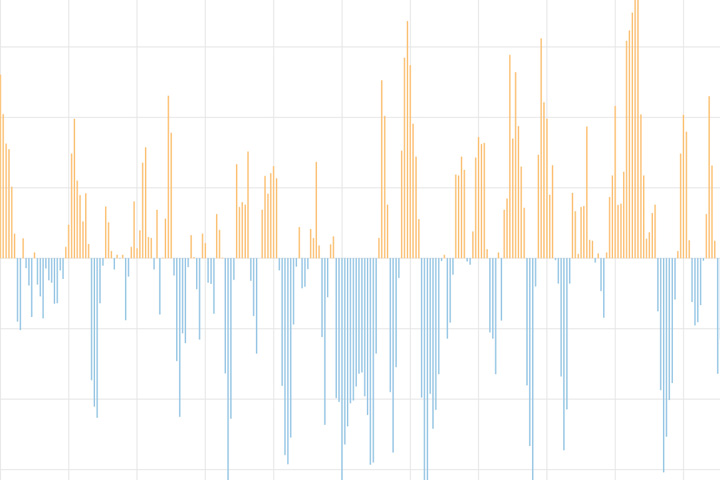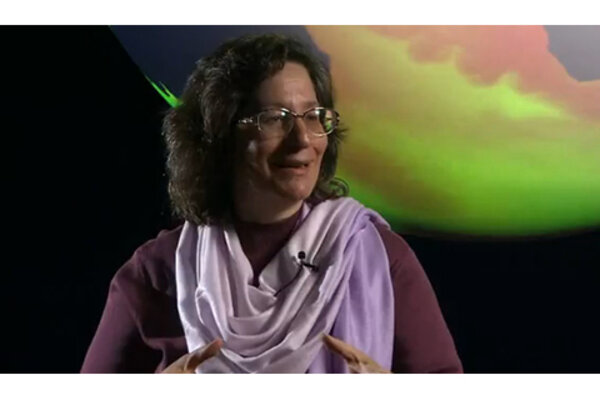
Earth's surface temperature has risen about 2 degrees Fahrenheit since the start of the NOAA record in 1850. It may seem like a small change, but it's a tremendous increase in stored heat.

The Arctic Oscillation (AO) refers to an atmospheric circulation pattern over the mid-to-high latitudes of the Northern Hemisphere. The most obvious reflection of the phase of this oscillation is the north-to-south location of the storm-steering, mid-latitude jet stream.

The Oceanic Nino Index tracks the sea surface temperature in the east-central tropical Pacific Ocean. It is NOAA's primary indicator of the climate patterns known as El Niño and La Niña.

The North Atlantic Oscillation tracks a seesawing of surface pressure between two parts of the North Atlantic. Different phases often bring predictable changes in winds, temperature, and precipitation in the United States and Europe.

Susan Solomon Wins 2009 Volvo Environment Prize
January 15, 2009
The expected La Niña has been slow to develop. There's still a 57% chance it will emerge soon, and the atmosphere is already looking a bit like La Niña. Our blogger discusses some of the climate conditions at work in the tropical Pacific.
One strategy for combating climate change is to enhance natural processes and/or deploy new technologies that remove carbon dioxide from the air and ocean.
Our blogger herds some cats who discover that the strong El Niño was not the only factor driving the forecasted precipitation pattern in winter 2023-24. What else was there?
La Niña is likely for this summer and fall. Our blogger gives you the scoop on the forecast and what La Niña could mean for global weather and climate.
With an analogy drawn from the gym, Michelle L'Heureux explains (again!) how weather (your workout) is not climate (your fitness).